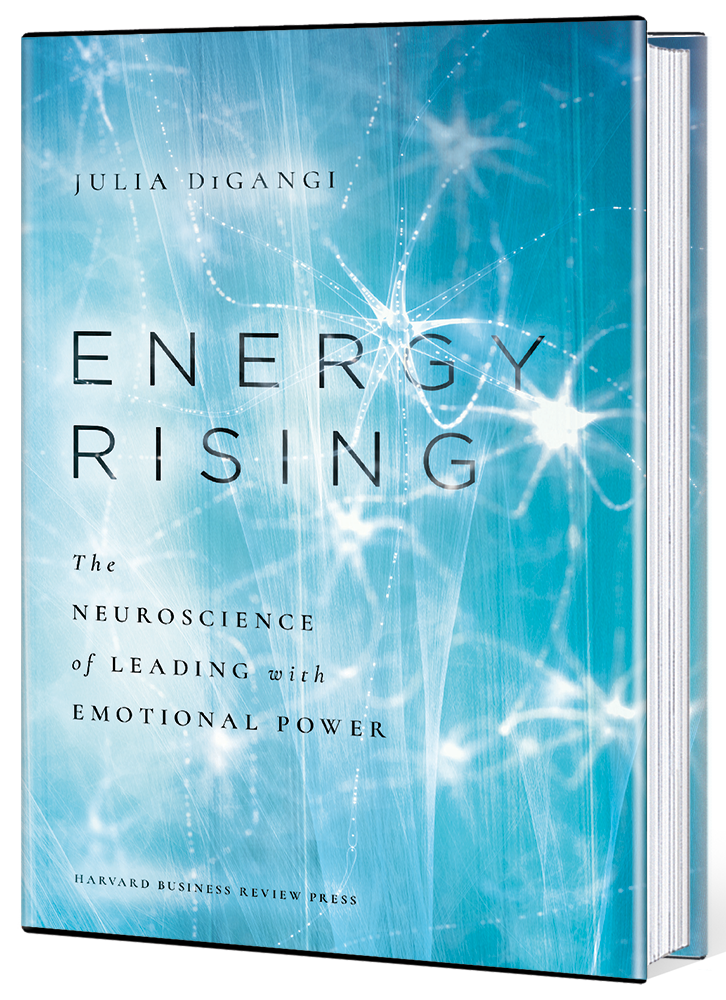In my work with corporations, I commonly hear managers say they are stressed because they don’t have enough “self-starters” on their team. But when I analyse their interactions, I find that the same people are often micromanaging their employees by, for example, asking too many questions, checking in too frequently, or giving too much advice.
On multiple occasions, I’ve heard managers say to team members: “I want you to take total leadership on this project — just make sure you run everything by me first”. Those messages send conflicting signals and cancel each other out. Confused employees wonder: “Wait, am I supposed to be self-starting or permission seeking?” Leaders are communicating “Start! No, wait — stop! No, start!” and then don’t understand why the work never gains any momentum.Impromptu speaking: Techniques to shine when you’re put on the spotRead more
In theory, the command-and-control style has been on the decline for decades. Research and lived experience have shown that organisations perform better when leaders empower, encourage, and coach employees instead of delivering orders and meting out discipline. Nonetheless, that style — which I call “command energy” — remains prevalent, though perhaps less overt or aggressive. It’s not so much that bosses are explicitly demanding, “Do this now!”
Rather, they’re communicating emotional energy that clearly signals I’m in charge, and you’re going to do it my way. (I also see this tendency in parenting and romantic relationships; there’s often spillover between the styles people use at home and at work.) Command energy seems great in theory: If I can just get you to be different, then I can have what I want — how efficient!
The problem is that neurologically, such control cannot be sustained. The human brain is wired for independence. When management experts talk about things like employee choice, schedule flexibility, and bringing your authentic self to work, they are describing the brain’s drive for autonomy. Regions in the brain, such as the ventrolateral prefrontal cortex and the insula, give rise to people’s innate sense of self — the drive we all feel to have our own preferences, make our own choices, and express our own desires.



